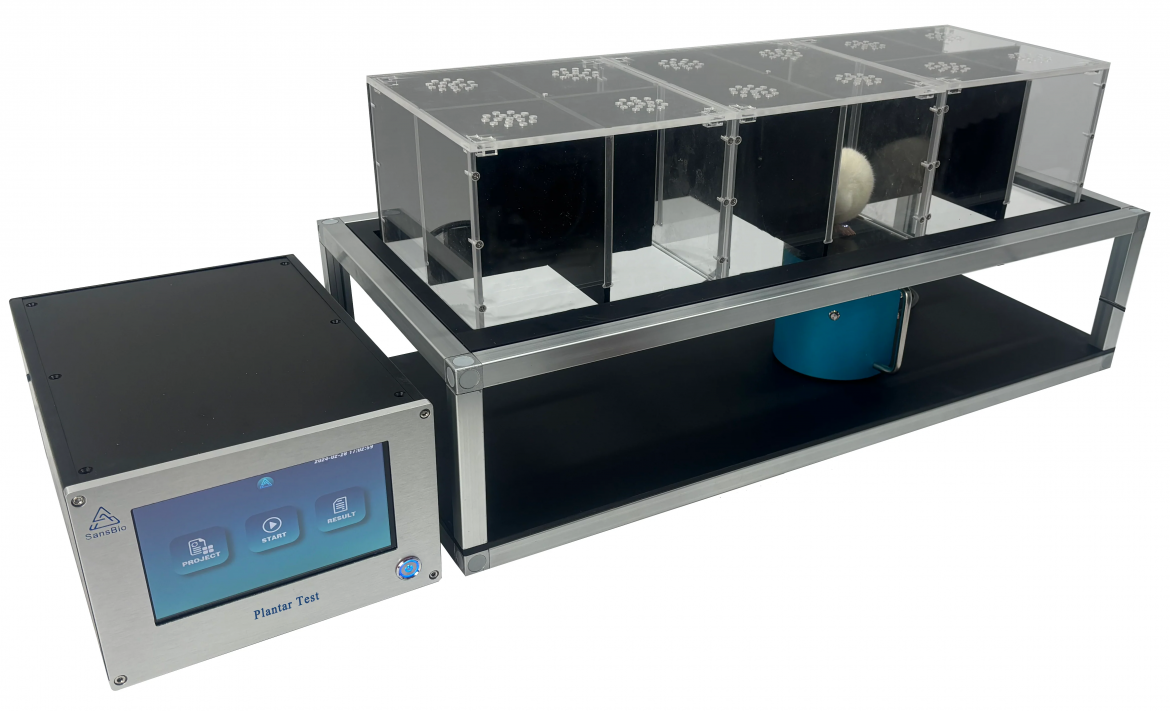Measuring thermal sensitivity in preclinical studies is a common requirement in modern animal behavior research. One established method for this is the Hargreaves test, a technique that assesses nociception by focusing on a radiant heat stimulus. BPLabLine provides the specialized instruments needed to establish this assay with consistency and reliability.
Apparatus and Preparation
The core setup for a Hargreaves test involves a specialized device: a movable, radiant heat source positioned beneath a glass floor. Animals are placed in individual enclosures on this transparent platform, allowing them to move freely while providing the operator a clear view of their paws. The entire apparatus is often housed within a sound-attenuating chamber to minimize external stressors. BPLabLine offers these integrated systems as part of its portfolio for animal behavior research, ensuring all components meet the necessary specifications for data integrity.
Calibrating the Heat Source
A critical step is the calibration of the radiant heat beam. The intensity must be set to produce a withdrawal latency within a specific, predefined range in control animals. This ensures the stimulus is detectable but not harmful. Proper calibration is fundamental for the validity of the Hargreaves test, generating results that are both sensitive to analgesic interventions and reproducible across multiple testing sessions.
Executing the Measurement Protocol
During the experiment, the heat source is activated under one hind paw, and a timer automatically records the duration until the animal withdraws its limb. A cutoff time is always set to prevent tissue damage. This withdrawal latency serves as the primary data point. Repeating this procedure allows researchers to build a dataset reflecting the animal’s pain response.
With a focus on supporting animal behavior research, BPLabLine supplies the necessary tools for this and other behavioral assays. Their role as an equipment provider helps laboratories implement the Hargreaves test with confidence, contributing to studies that require precise and ethical measurement of sensory responses.

